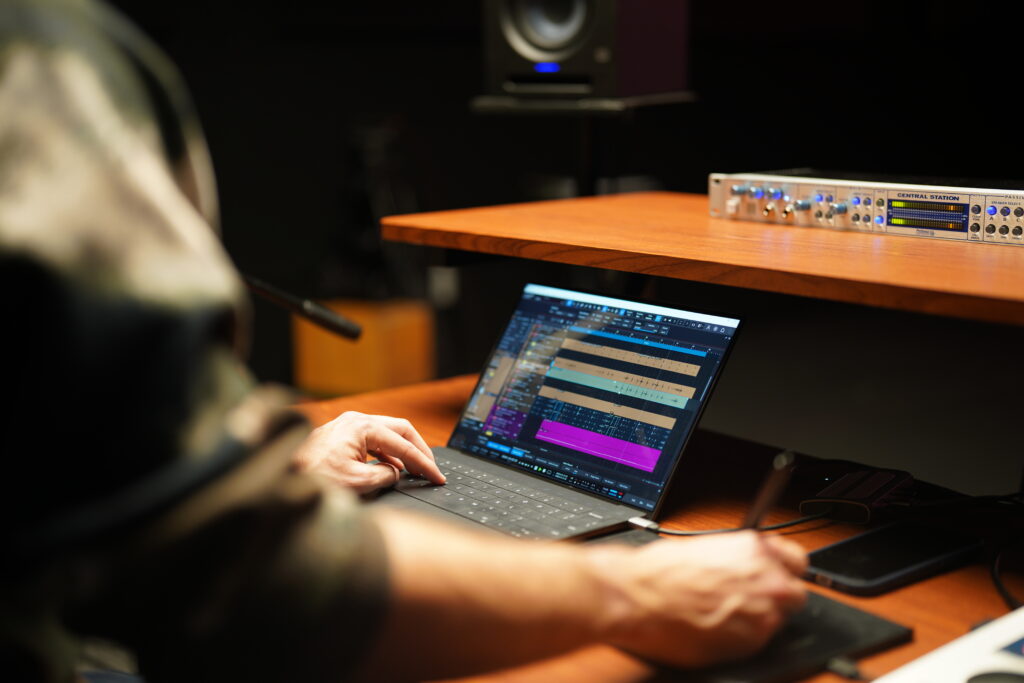Author Archives: Evan James
Studio One: Mix in a New Dimension with Jeff Ellis
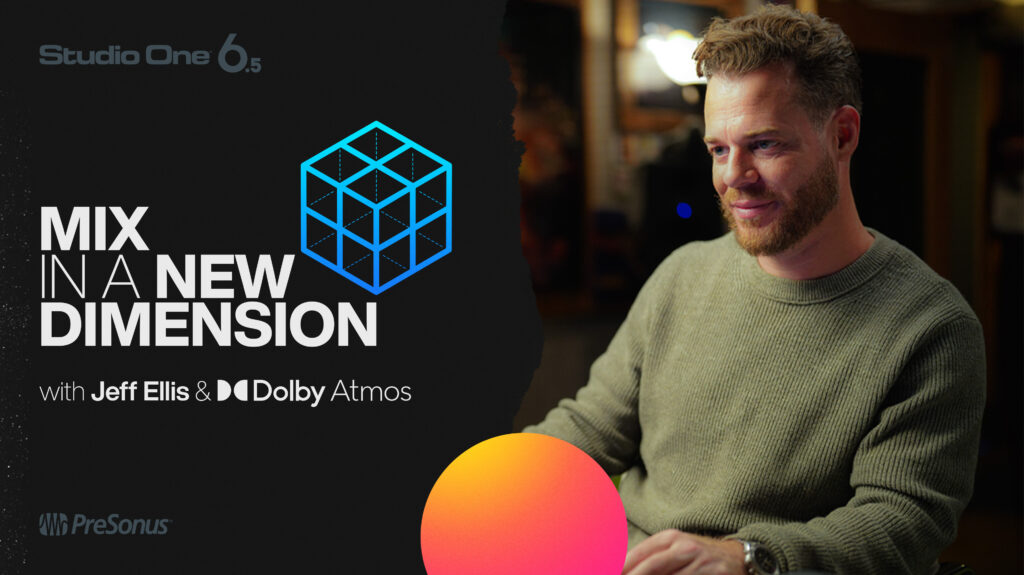
The GRAMMY-winning recording and mix engineer shows us how he uses Studio One to create an artful immersive mix.
Jeff Ellis is a force to be reckoned with. The LA-based recording and mix engineer started his career as an intern at the legendary EastWest Studios, where he was selected to engineer Frank Ocean’s debut album – the dynamic and lushly layered Channel Orange.
Just one year later, Ellis’ work was nominated for both Record of the Year and Album of the Year at the GRAMMY Awards, where he won Best Urban Contemporary Album – a success that led to engineering Ocean’s critically-acclaimed sophomore album, Blonde and building a star-studded CV of artists like Doja Cat, Odd Future, The Neighbourhood, Akon, Skylar Grey, Nick Jonas, and more.
Watch this episode to see how Ellis uses Studio One to create an immersive mix in his Atmos room at EastWest Studios.
In this episode of Mix In A New Dimension, Jeff Ellis uses Studio One’s spatial audio to create an immersive mix of Mayer Hawthorne’s horn-heavy love ballad, “For All Time.”
Having mixed the record in stereo, Ellis was already deeply familiar with the track and felt it was ideally suited to a spatial mix. “That particular album is so high-fi, and there’s so much depth to it. It’s so well arranged, and it’s just like a classic album.”
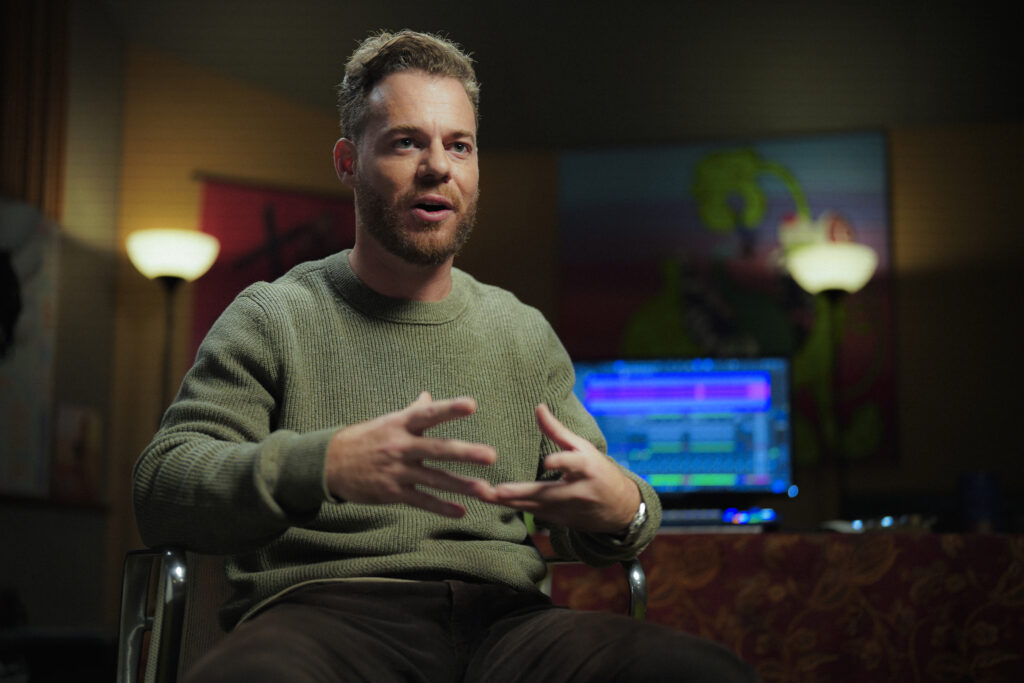
For Ellis, the single greatest piece of guidance when mixing in Atmos is making sure that the Atmos version is not a different piece of art: “I don’t want you to get a different emotional response from the song depending on if you listened to it on stereo or spatial audio. If I’m able to get the song to be more immersive and have a little bit more depth without any of the artistry of it changing, that’s gonna be my ultimate goal.”
“In this particular song, the drums are right in the center. I took the overhead cymbal sounds and widened those out a bit. And then for all the percussion elements, I put the overheads up and widened it out. The kick and snare are pretty much right up the center, or close to it. And I’m just massaging the sounds out into this big, Atmos field. And as I’m doing it, I’m going back and forth between the Atmos mix and the stereo mix to make sure none of the intrinsic level relationships between the parts of the song are changing as I’m panning these things out.”
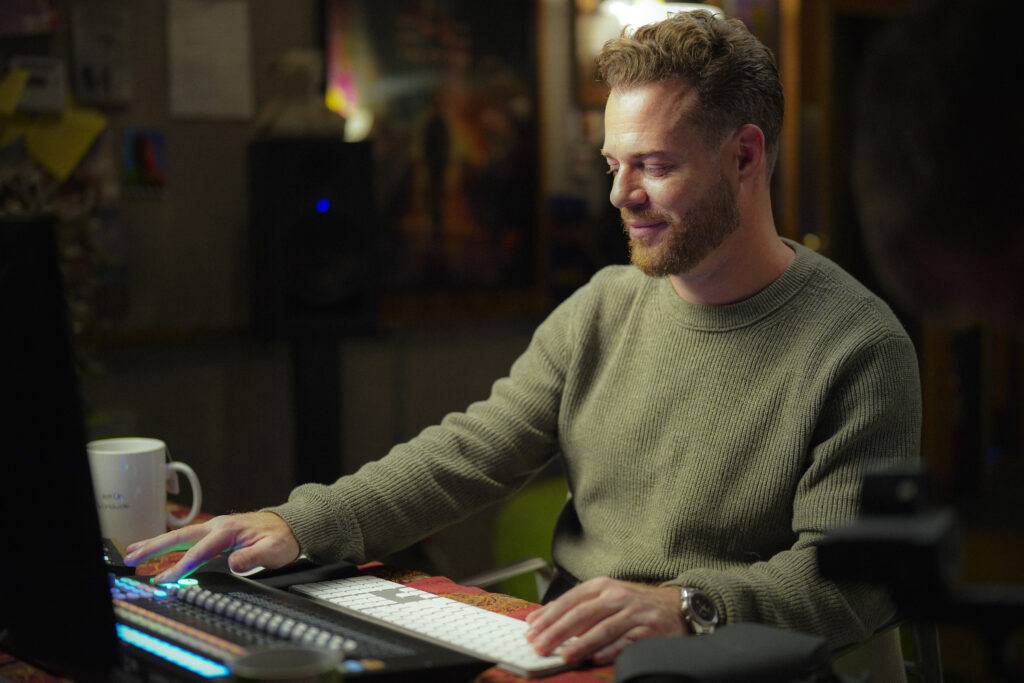
Any final words of wisdom? “Make sure that the balance between the elements in the song and the aesthetic don’t change between stereo and Atmos – it’s just getting more immersive. Be sensible, be artful, don’t be a technician, and have fun with it.”
PreSonus products used: Studio One
Try Studio One+ and check out the rest of our Mix In A New Dimension series here.
Studio One: A Brief Exploration with Josh Cumbee
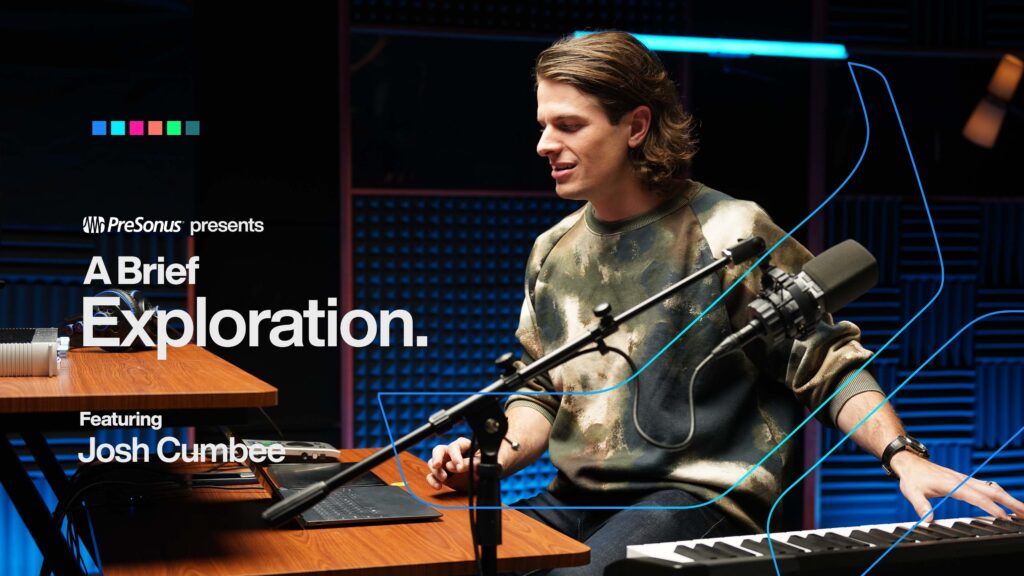
The GRAMMY-nominated artist, producer, and songwriter shows us how he uses Studio One to cook a musical idea from scratch.
Josh Cumbee is a triple threat: The LA-based artist, producer, and songwriter started releasing his own music while he was enrolled in the music business program at USC, then branched out into television and film composition before landing an engineering gig with super producer and John Legend co-writer, Toby Gad.
In 2015, he was nominated for Album of the Year at the Latin Grammy Awards and has since gone on to work with Olivia Rodrigo, Madonna, Sia, Sean Paul, Janet Jackson, Armin Van Buuren, and more. The secret to his sweeping success? “There’s so much room in the sandbox, and there’s so much flexibility with audio and with all the tools we have. And for me, I feel like I have to capture everything. I have to suck all that oxygen out of the room and put it into the idea.”
Watch this episode to see how Josh weaves lush pads and dynamic vocal stacks into bespoke percussion and found sounds with Studio One.
In this Brief Exploration, Josh Cumbee builds a richly-layered track from scratch using a dynamic range of instruments and effects from Studio One’s complete suite of included plug-ins.
Josh starts with a base layer of haunting synth pads before improvising a short, syncopated guitar riff over the top to generate the initial rhythmic pattern. “I usually just have ‘takes to layers’ on, do a couple passes, and use a little bit of quantization because I don’t want to lose that human feel…I like to get a couple takes, until I feel like I’ve felt it emotionally. Then if there’s any problem spots, I comp through from previous ones.” Then the whole composition gets a healthy dose of Studio One’s Analog Delay to generate ambience and depth.
With the melodic foundation in place, Josh drums out a beat on a tightly mic’d road case and drenches it in “juicy, fat, nasty” Red Light Distortion “to create something as bespoke as possible, and then work the samples around that, rather than having to try and make the samples fit into this world.” Then he improvises lyrics and a vocal melody using a combination of templates and onboard effects: “I’m a total sucker for harmonies, and I find it’s very inspiring – especially once you find a hook line – to play around with that. For me, the way that I’m able to do those quickly is by having a template already set up” and “for background vocals, I can instantly fix it with Melodyne.”
In the home stretch, Josh transitions to the low end with a bone-rattling bassline courtesy of Studio One’s stock monophonic subtractive synth, Mojito, and the Eris Sub 8. Then he creates avant-garde percussion samples from the sounds of clanking camera equipment he captured during setup – “I could dig through a sample bank for a thousand years, and could never find what happened in this room today” – and drenches the entire composition in additional textures and tones for a hauntingly atmospheric finish.
Any final words of wisdom? “Studio One can be intimidating because there are so many options. And when you see somebody using it in an advanced fashion, it gets a little scary; but the truth of the matter is Studio One isn’t the deep end of the pool – it’s more like an ocean. You kind of can walk in from the beach. You bring your key commands from another DAW, you can bring a lot of your workflows. You just find that there’s more depth and flexibility every step of your process that allow you to continue to level up, so you never really plateau.”
PreSonus products used: Studio One, Analog Delay, Red Light Distortion, Melodyne, Eris Sub 8
Try Studio One for free, and check out the rest of our A Brief Exploration series here.
